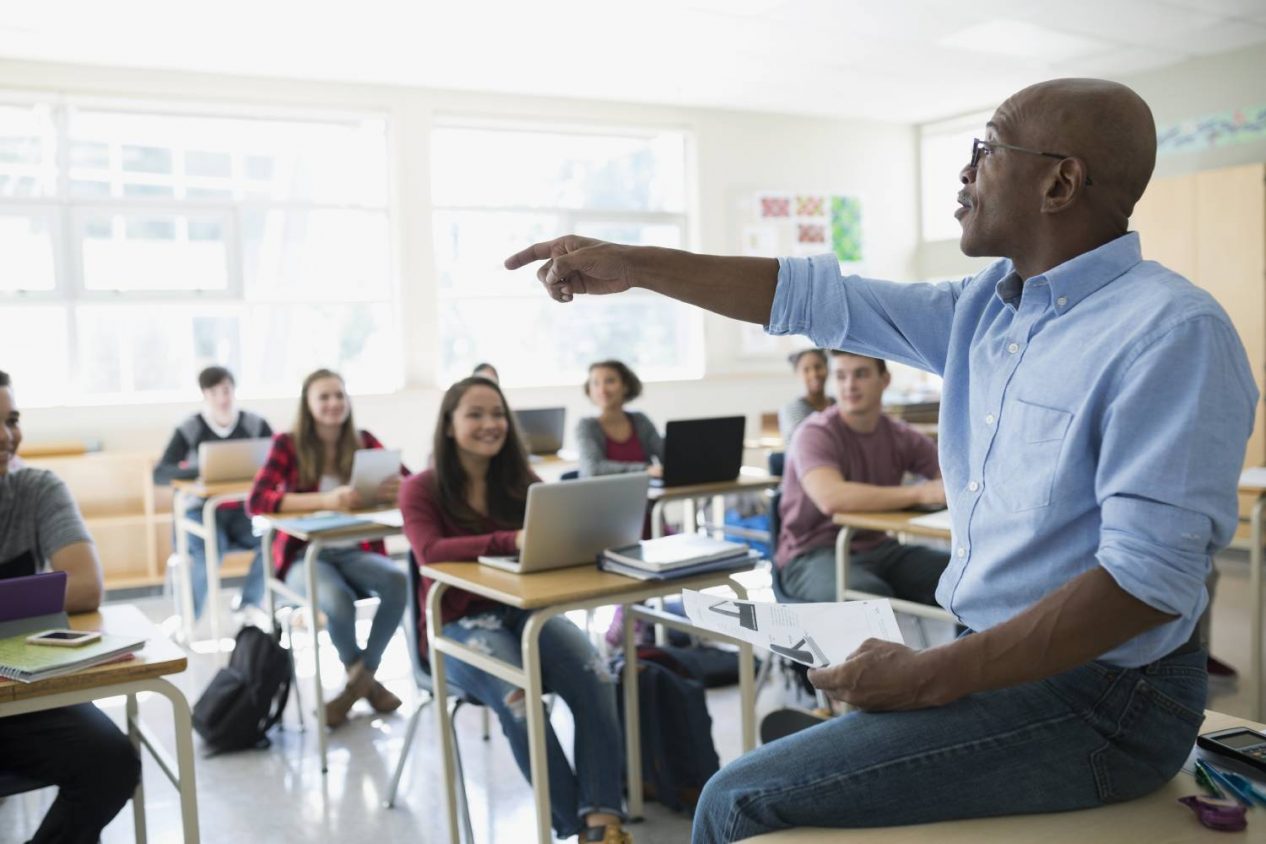A line in the sand was drawn in March 2020 at the beginning of the COVID-19 pandemic. Schools closed and all education-related stories focused on learning loss and other related events that happened after that date. As the discussion shifts to learning recovery, there is still a significant amount of discussion on what impact COVID has on student learning.
But what if we had this sort of urgency and student learning funding for the past two decades? What if we had asked each year with the same sense of resolve:
- Are students making academic growth or falling behind?
- Are students on track to meet the academic rigor of upper grades?
- Are interventions in place making a difference, or are they new shiny objects for teachers to learn and manage?
I believe now is the time to push the reset button with a mindset of continual urgency regarding student learning.
I think back on my 24 years as a classroom teacher. While I loved every class every year, there were many things I wish I could do over. I do believe I had all the characteristics of a good teacher. I loved kids, I loved learning and thus I loved teaching! Those are important things.
But I taught from my heart and began each year with little to no knowledge of where students were in their academic trajectory other than they were “fifth graders.” I learned about my colleagues’ experiences with different kids in informal teachers’ lounge conversations, but that was not always the best information.
I didn’t know I had to be able to differentiate my instruction based on individual student differences. I had not been trained to be an assessment expert or data analyst. My best attempts at addressing student needs often came far into the school year. My lesson plans followed the curriculum carefully and those students who seemed to fall behind were frequently tagged as needing Title I or special education support. I assessed student progress by averaging the grades on various assignments and quizzes through the year in my red grade book and assigning a letter grade. The letter grades did not consider what level students had entered my classroom before I valiantly attempted to fill their heads with information.
Fast forward and I am now part of the education team at SAS. For decades, SAS has provided meaningful information on student performance to teachers in partner states. Twenty years of experience in measuring student growth prepared SAS to analyze the pandemic's impact on students. This includes measuring growth across testing changes, non-consecutive assessments and missing test scores.
Twelve states engaged with SAS over the past year, researching the impact of interrupted learning. The findings of these studies provide districts and states with valuable data for teachers as they return to the classroom to make decisions on appropriate and targeted interventions for individual students.
It is time to look forward. We should not wait for another crisis to bring urgency to student learning. We are at an inflection point for reversing learning loss and, equally as important, ensuring a strong focus on student academic progress. It is an opportunity to rethink, innovate and transform using lessons learned from the pandemic that turned schools upside down.
I believe now is the time to push the reset button with a mindset of continual urgency regarding student learning.
The approximately $190 billion in COVID relief funds represents the largest ever one-time investment in American schools. In the coming years, it will be critically important to have sound data systems in place to validate the success and impact of those funds and their effects on student learning.
Let’s continue to have an incredible sense of urgency that pushes us to use data to make the most impactful decisions for students and educators as they move from surviving to thriving in this post-pandemic era.




